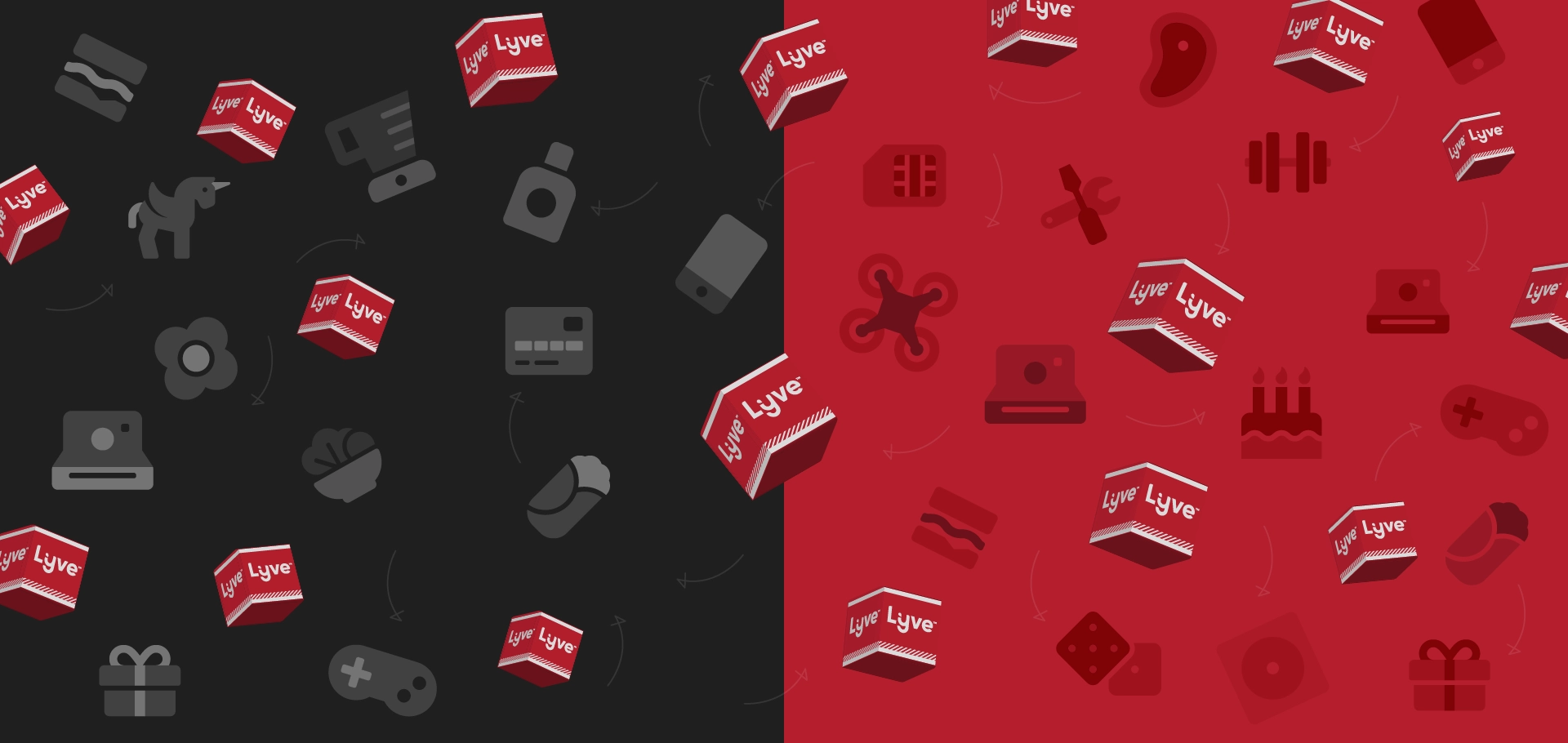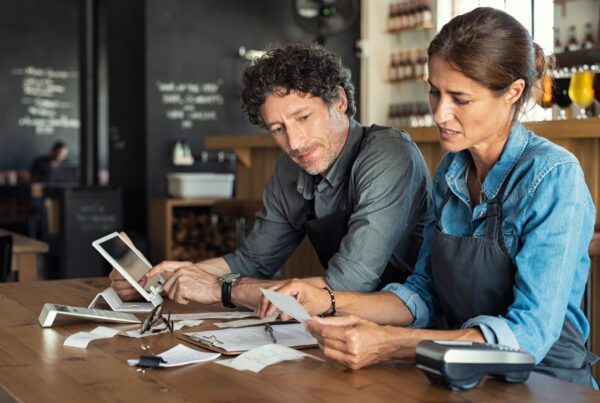Nowadays, taking your business online is no longer matter of if but rather a matter of when. Stores are doing it. Supermarkets are doing it. Even the cozy coffee shop around the corner is going online. The ongoing pandemic has accelerated the process of traditional brick-and-mortar stores and outlets going online.
From an improved brand image to 24-hour availability, better customer service, and a larger audience – taking your business online has a number of benefits. The challenge, however, is where to start. With all the advice on the internet, taking the leap can be overwhelming. In this article we breakdown the process and go over the key steps you need to go through in order to successfully take your business online and succeed at it.
Readiness — Are you ready to go online?

Identify your in-demand products.
If you are experiencing a high demand on all or a particular category of your products, if they are often sold out, or if you would simply like to expand your business by reaching more customers – it is a solid indicator that you are ready to hop on the click-and-mortar train.
Set your new prices.
First things first, work on your pricing strategy. Check out what the competition is doing online. The internet makes price comparison very easy, so don’t let your customers find the same products on someone else’s e-store at a better cost and lock them in with competitive prices.
Review your brand identity.
It is then important to take a good look at your brand identity and make sure it is both attractive and an adequate representation of your brand prior to going online – as this can draw customers towards purchasing your products, or put them off altogether. If you believe your brand identity is outdated, it might be time for a make-over. Reaching out to an agency or a freelance branding expert could help you get acquainted with the latest branding trends and point your brand in the right direction.
Launch or improve your website.
If you do not already own a website and are not familiar with the process of building one, bear in mind that this area is particularly tricky as it involves numerous technical aspects which are crucial to a successful online business. Reaching out to an expert instead of doing it yourself through an online website builder would be the wiser choice.
We will not delve into the technicalities of web design, but your website generally needs to tick a few boxes: equipped to handle high traffic, loads rapidly, clear, user-friendly, mobile-friendly and SEO-friendly. Getting acquainted with these terms and discussing them with your web developer is crucial.
Make your product shine.
Besides web development and design, make sure to hire a photographer who has experience in taking shots of the type of product you sell to make sure they know how to display your products properly. this is your chance to display your products beautifully for the customers to see.
Test and improve.
Put yourself in a first-time visitor’s shoes and try out the experience for yourself.
Was the e-store easy to find?
Were the products clear both visually and description-wise?
Did the categorization of products make sense?
Was the payment portal fully functional and easy to use?
Test your website repeatedly until you are sure it is easy to navigate, even for the least web-savvy of end users.
Establish your return and exchange policies.
Once your online store is ready, you must create a return and exchange policy, and make sure it is clear and easy to find for your e-store visitors. This exchange policy will have to be discussed with your last-mile delivery partner
2. Last Mile Delivery

If you have never undertaken the task of managing deliveries, it would be wiser to outsource it, as it is a complex process which has the power to make or break a business.
Choosing your last-mile delivery partner is like choosing your partner in life – it is not to be taken lightly and will affect your success (and general well-being!). If hands-on and efficient, they will handle all delivery-related matters rapidly and smoothly, enabling you to fully focus on your core business. If, however, they turn out to be inefficient, they will become an energy-leak source, forcing you to waste precious time and energy worrying about deliveries.
What are the criteria of a good delivery partner?
Your last-mile delivery partner needs to be techie – being equipped with a robust fleet management software is a must. Technology is the future of the final mile, as it automates the delivery process, reduces the margin of error, and ensures a smooth workflow as well as maximum productivity amongst fleet drivers.
Fleet Management
If technologically advanced, the software connects directly to riders and drivers, notifying them of a new delivery, its pick-up location and the end customer’s location. Using GPS, it opts for the fastest route so the rider can complete his deliveries in shorter amount of time. It will also assign multiple deliveries to a single rider, if their locations are close in distance – shaving off a considerable amount off delivery time. The software will also automatically assign deliveries to unoccupied riders maximizing their productivity, and again, executing faster deliveries.
Make sure your last-mile partner gives you adequate training on how to use the software in order for you to get the most out of it.
Valuable Data
The software will also be a large source of data: where your customers are located, which products they prefer, which price range suits them best, what time they generally place their order, their age and gender, and more.
If you have multiple stores, you will have an overview on which ones are doing better than others.
If analyzed and utilized, this data can become your own ‘business consultant’ by giving you indications on what works and what doesn’t. Use it wisely.
The Fleet
Besides a robust software, your last-mile partner needs to be able to supply riders and drivers, to cover your needs during peak delivery times.
A hygiene-conscious fleet with customer-service skills is essential. As hygiene is becoming increasingly important, riders and drivers need to be equipped with masks, gloves and instructed to follow stringent hygiene measures.
Moreover, since riders represent your brand when dealing with the customer, they need to be polite and pleasant. A speedy, hygienic, and friendly delivery is a successful one.
Delivery Radius
It also important to discuss the distance your last-mile partner is willing to cover per delivery, as some will cover a shorter distance than others, which would limit your customer base – so make sure your last-mile partner is ready to go the ‘extra mile’ for you (pun intended).
3. Welcome Customers

This is where the rubber meets the road. Take stock of your marketing and advertising channels, then make a plan to announce your new online store and drive customers to it.
Start with Social Media
Social media is a good way of driving customers to your website, so invest in your content. The platforms you choose to be on should be regularly updated, as a constant presence gives your brand credibility. If you provide engaging, insightful, and visually pleasant content, chances are you will create a stronger bond with your followers, and they will be more likely to purchase your products.
Also, keep your customers in the loop with regular updates. Elaborate on the uniqueness of your products, announce the arrival of new ones and invite your followers to visit your website.
Lead Generation Campaign
Create a lead generation campaign that will drive customers directly to your e-store. Buy ad space on relevant websites which your targeted customers visit, book keywords and key phrases which would pop your ad up on search engines and boost your social media posts. Some websites will only offer ad space, whereas some will ask you to sponsor content – so be ready to generate both artwork and written content. Entice customers with your messaging. Perhaps you are announcing a discount, a promotion, a free delivery or a very unique new product. Whatever it is, make it stand out and hard not to click on.
4. Use Insights

Never stop improving what you sell, how you sell it and the way you deliver it. With the right products and delivery partner, you can focus your time on how you sell. The most important part is paying attention to customer behavior and feedback.
Observe Customer Behavior
Using a range of analytics tools, you can see where customers spend time on your e-store, how much your content they engage with, and how likely they are to make a purchase. Make adjustments on an ongoing basis to drive the right behavior and ultimately increase your traffic.
Give Customers a Voice
Give customers the space to express themselves when it comes their experience when interacting with your brand do not censor it as it is a great source of feedback on what needs to be improved. Whether positive or negative feedback, allow them to voice it – and actually do something about it. Utilize the data from your software as well as the feedback you get on your website and social media channels to enhance the entire experience from A to Z.



